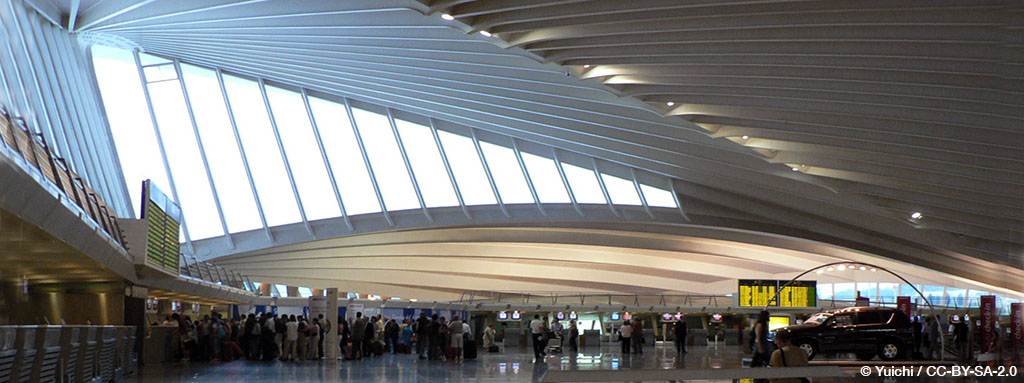Today passenger terminals and control towers – particularly in terms of design – no longer have a purely functional role, giving way to iconic buildings in the city. It is becoming increasingly common to find truly complex, avant-garde architectural designs. The Bilbao Airport roof or the San Francisco International Airport control tower are examples of highly complex structures with regard to their design and construction. It is precisely in these cases where BIM (Building Information Modelling) systems become a unique solution by optimising time scales, costs and efforts at all project phases.
BIM tools are a highly valuable option to substantially improve design characteristics and have available highly important information on the airport entire life cycle.
On 14 January 2014, the European Parliament announced its intention to promote the use of BIM tools in public projects by 2016 in order to save between 5% and 20% in general construction and project drafting costs. The Barcelona City Council has recently announced its intention to join the trend by 2018.
But what is BIM and why should it be used?
Integrated project design in BIM constitutes a new chapter in the building industry. For the first time ever, all the players involved in a project can work in a coordinated, collaborative way on a single shared-data 3D model, thereby minimising design errors in the very early phases and including each of the elements involved in the design.
Designing plans on AutoCAD is just a digital adaptation of traditional hard copy plans. We still draw lines, arcs and graphical representations, which we know how to interpret as the building’s elements due to our know-how. In BIM, you do not enter lines, but rather building concepts: walls, doors, pillars, floor slabs, etc. The entities are no longer mere representations on a plan, they now also become quantifiable components. Each of these entities can have cost, material, thermal property and acoustic data associated to it, along with execution phase, manufacturer or any other data which may be of interest to the project. You do not draw in BIM, you build.
For the moment, Autodesk Revit has taken the lead in design software. Seeing the imminent replacement of AutoCAD by new BIM systems, it continues to collaborate with many companies by including a catalogue of products on its websites that can be entered into design models along with all the information on each object.
At any of the design phases, it is possible to have available as many cross-sections, elevation diagrams, renders and query tables as required without losing much time. What is more, they are updated in real time as the project progresses. Automation is one of this system’s great advantages by reducing the time needed in all of a project’s life cycles.
BIM plays an important role in the design of sustainable buildings since it allows one to have an energy efficiency assessment right from the initial phase and analyse in a simple way the impact of each of the decisions taken during the entire design process.
In the case of the airports, the importance efficiency has on the entire complex is evident, concerning both maintenance costs and environmental sustainability. In this case, BIM tools are a highly valuable option to substantially improve design characteristics and have available highly important information on the airport complex’s entire life cycle.
Knowing the speed at which technology is advancing, it will not be long before concepts like augmented reality and virtual reality become day-to-day notions in construction. Having an on-site digital construction project available allows a real and a digital view of the building to be superimposed, along with all the benefits it entails.
There can be no doubt that BIM is the next evolutionary step in design.



